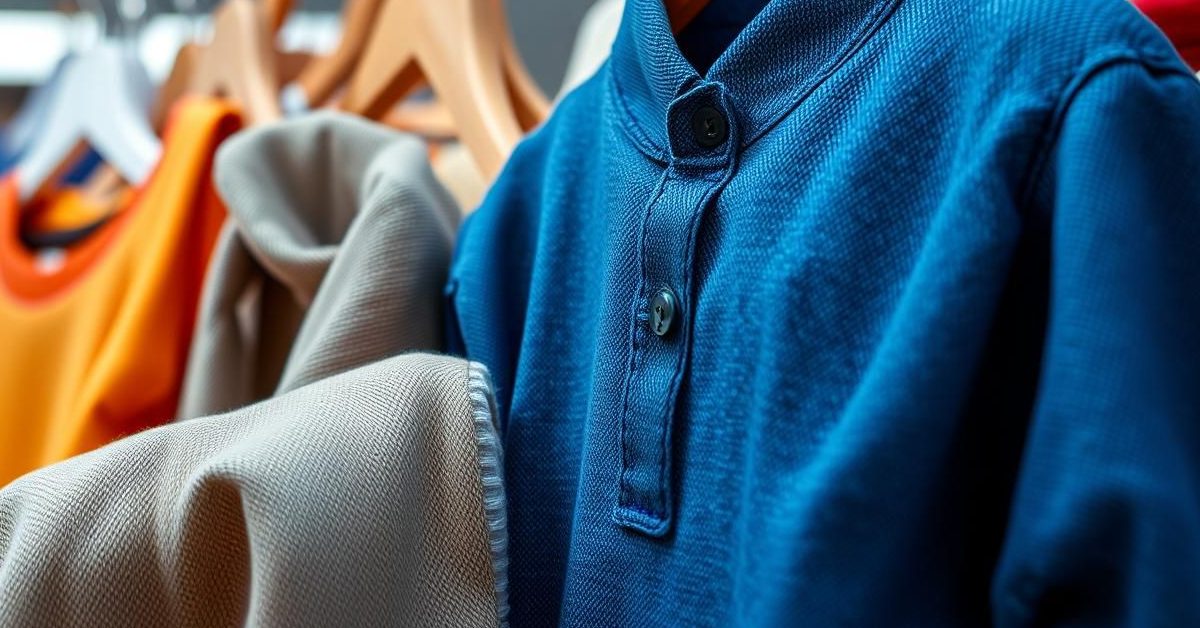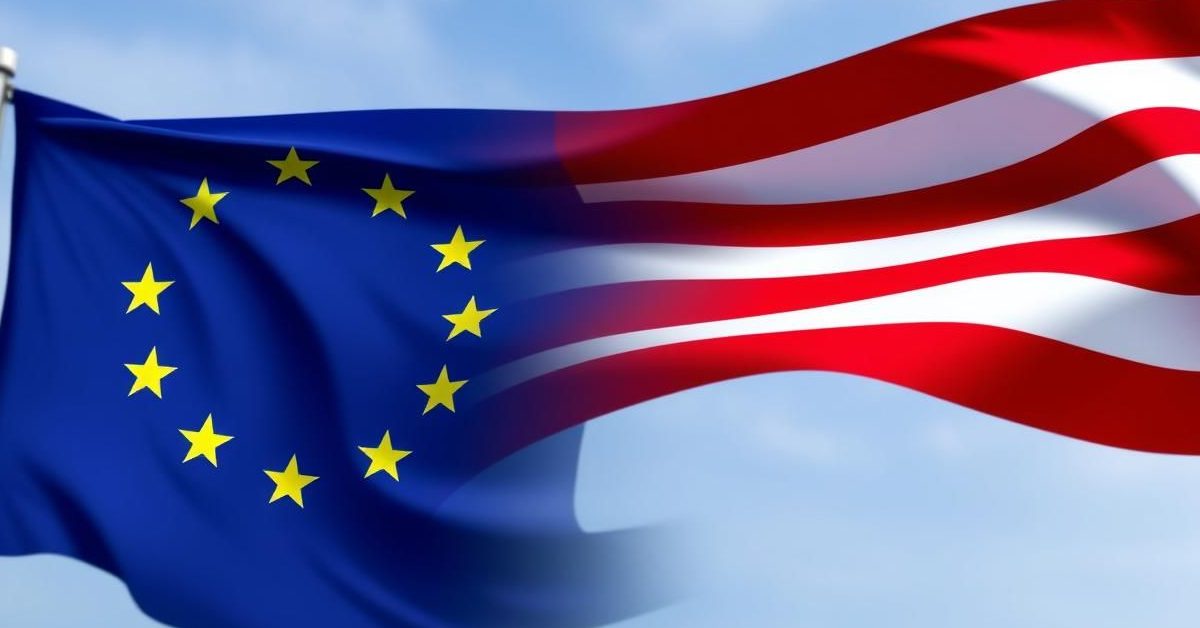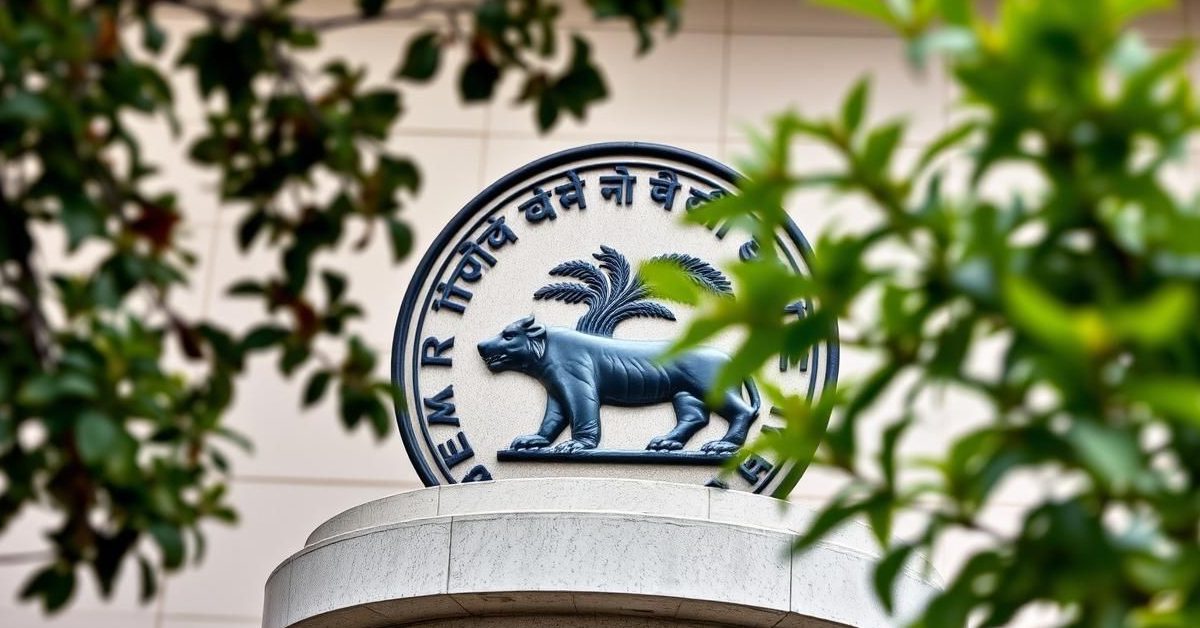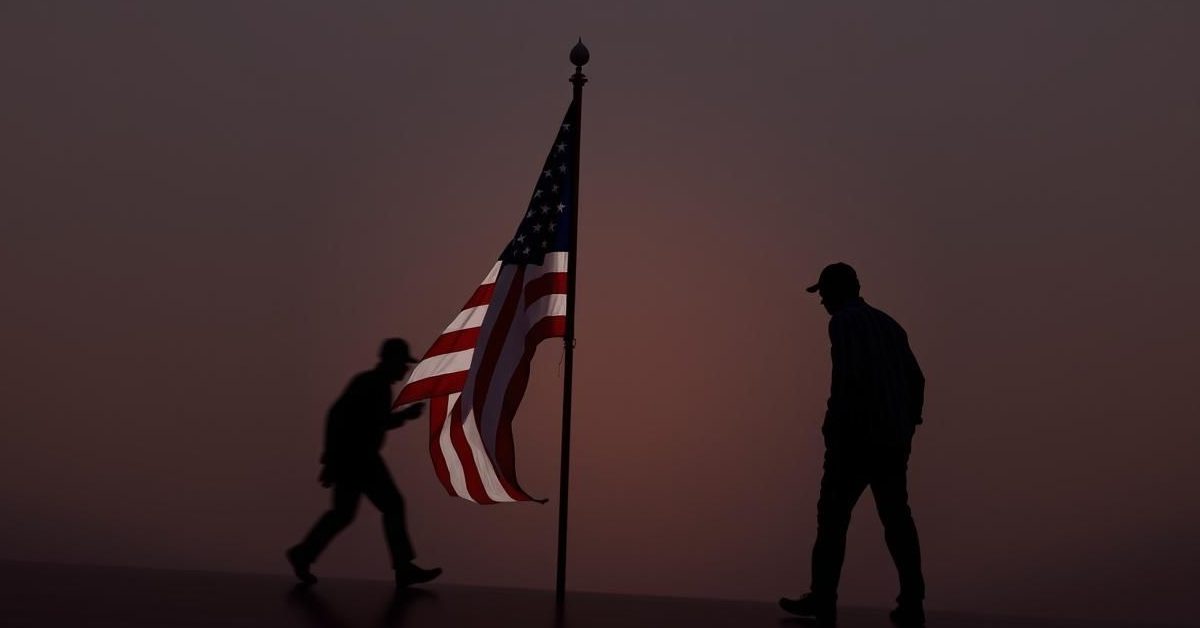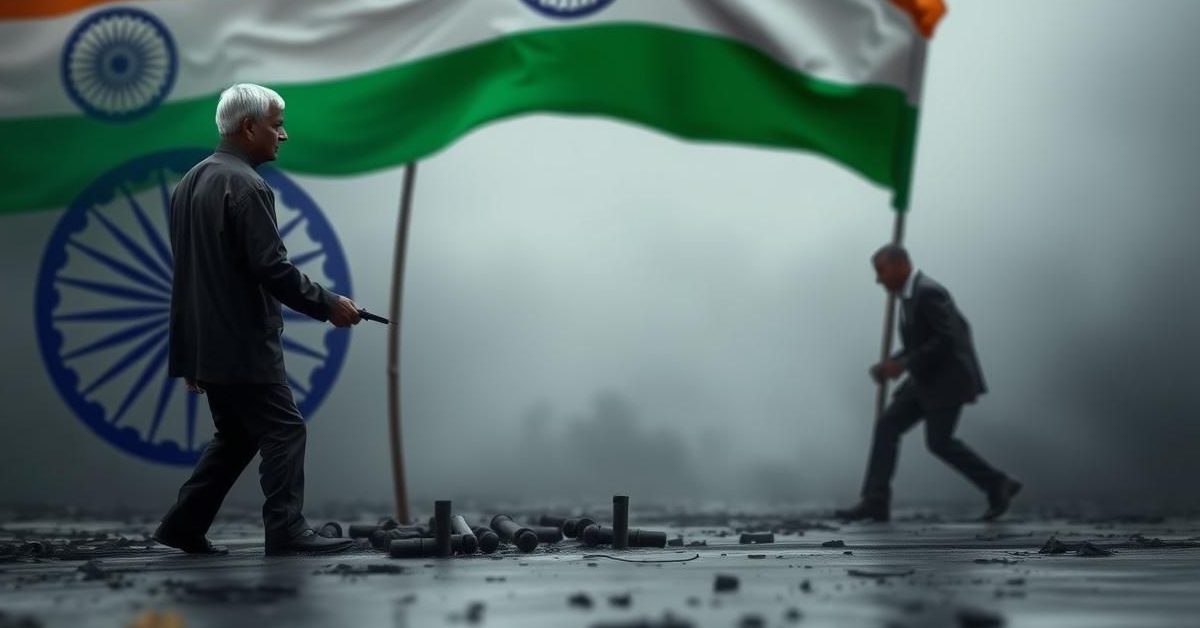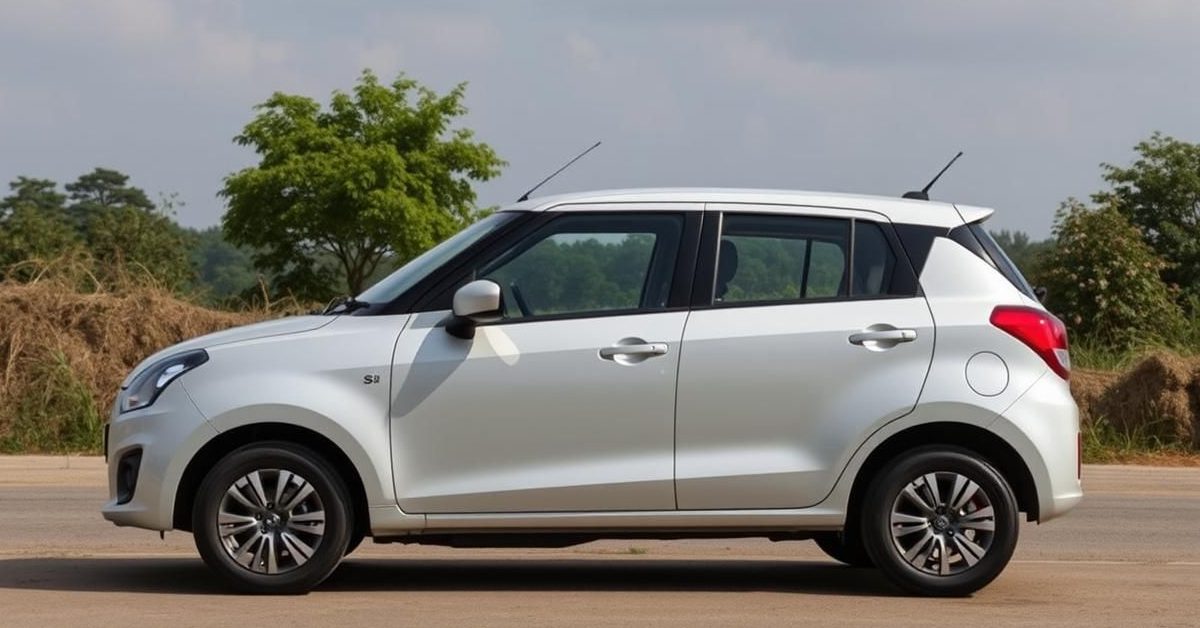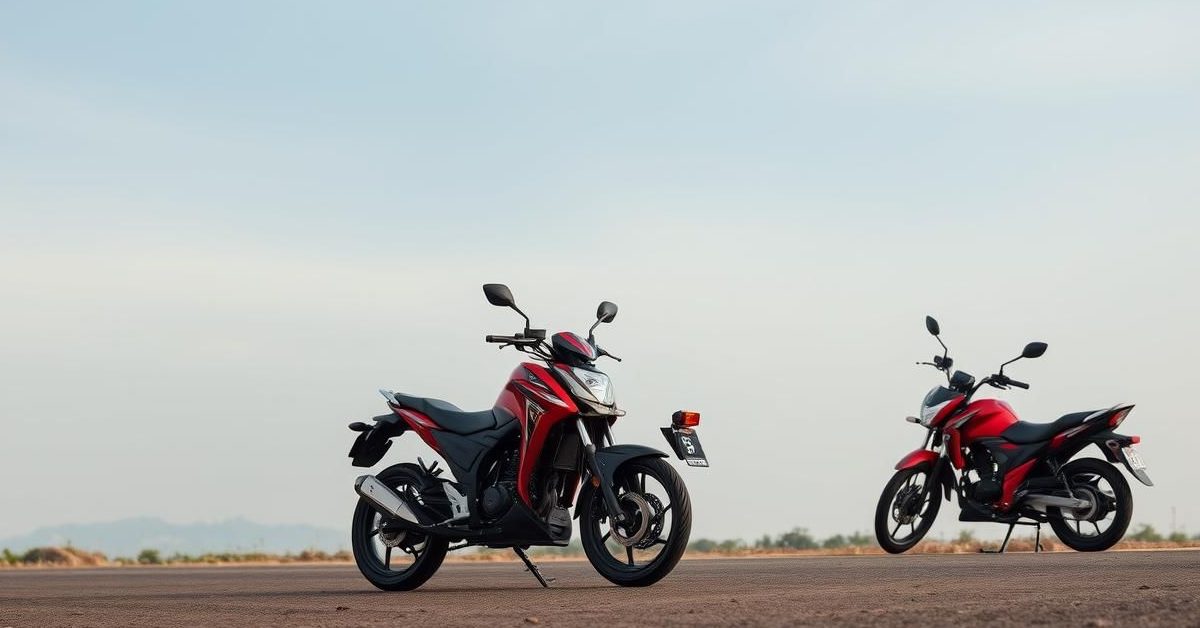Indian apparel exporters are urgently seeking government assistance as new US tariffs, effective August 7, threaten to significantly disadvantage them compared to rival nations.
New Tariffs Spell Trouble for Exporters
The United States is set to impose a 25% tariff on Indian apparel, a rate higher than what competitors like Bangladesh (20%), Vietnam (20%), Indonesia (19%), and Cambodia (19%) will face. This move has raised alarms across India’s textile and apparel industry.
Industry leaders are voicing serious concerns. Sudhir Sekhri, Chairman of the Apparel Export Promotion Council (AEPC), stated that exporters are “back against the wall” and might be forced to sell products below cost to keep factories running and prevent widespread job losses.
The Confederation of Indian Textile Industry (CITI) echoed these worries. Its chairman, Rakesh Mehra, highlighted that this tariff disparity will further compound existing challenges, creating a severe duty disadvantage for Indian exporters in the crucial US market.
Why the US Market is Key for India
The US is an incredibly important destination for Indian Ready-Made Garment (RMG) exports, accounting for 33% of India’s total garment shipments in 2024. Despite the challenges, India’s presence in the US garment import market has been steadily growing, from 4.5% in 2020 to 5.8% in 2024.
Currently, India ranks as the fourth largest RMG exporter to the US. While China remains the top exporter, its market share has declined in recent years, presenting an opportunity for other countries.
Some of India’s top exported products to the US include cotton T-shirts, women’s or girls’ dresses of cotton, and babies’ garments of cotton. These products hold significant shares in the US’s overall imports of these categories.
Government’s Support for the Textile Sector
The Ministry of Textiles has been working to bolster the sector. Overall exports from the textile and handicrafts sectors saw a 5% growth in FY25, reaching $37.7 billion.
The government has implemented schemes like the Scheme for Integrated Textile Park (SITP) to establish world-class infrastructure. Additionally, seven PM Mega Integrated Textile Region and Apparel (PM-MITRA) parks are being set up across various states with a substantial outlay of Rs 4,445 crore.
Broader Trade Talks Face Hurdles
The new tariffs come amidst ongoing, albeit slow, trade negotiations between India and the US. These talks have hit roadblocks over sensitive issues, particularly agriculture and automobiles.
A key sticking point remains the US’s demand for India to accept genetically modified (GM) agricultural products, such as corn and soya. India has so far been reluctant to agree, as the US Trade Representative has previously labeled restrictions on its GM products as discriminatory.
- New US tariffs of 25% on Indian apparel are higher than those for competitors.
- Indian exporters fear financial losses and job cuts due to the increased tariffs.
- The US is India’s largest garment export market, accounting for 33% of shipments.
- India’s market share in US garment imports has been growing.
- The Indian government is investing in textile parks and infrastructure to support the industry.
- Broader India-US trade talks are stalled over issues like agricultural product access.
The outcome of the industry’s plea for government intervention will be critical for thousands of textile workers and businesses across India.

